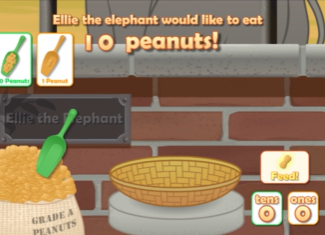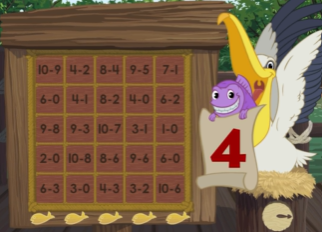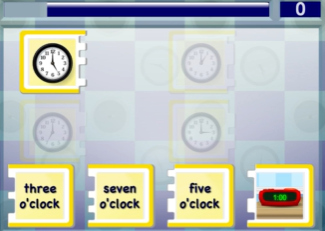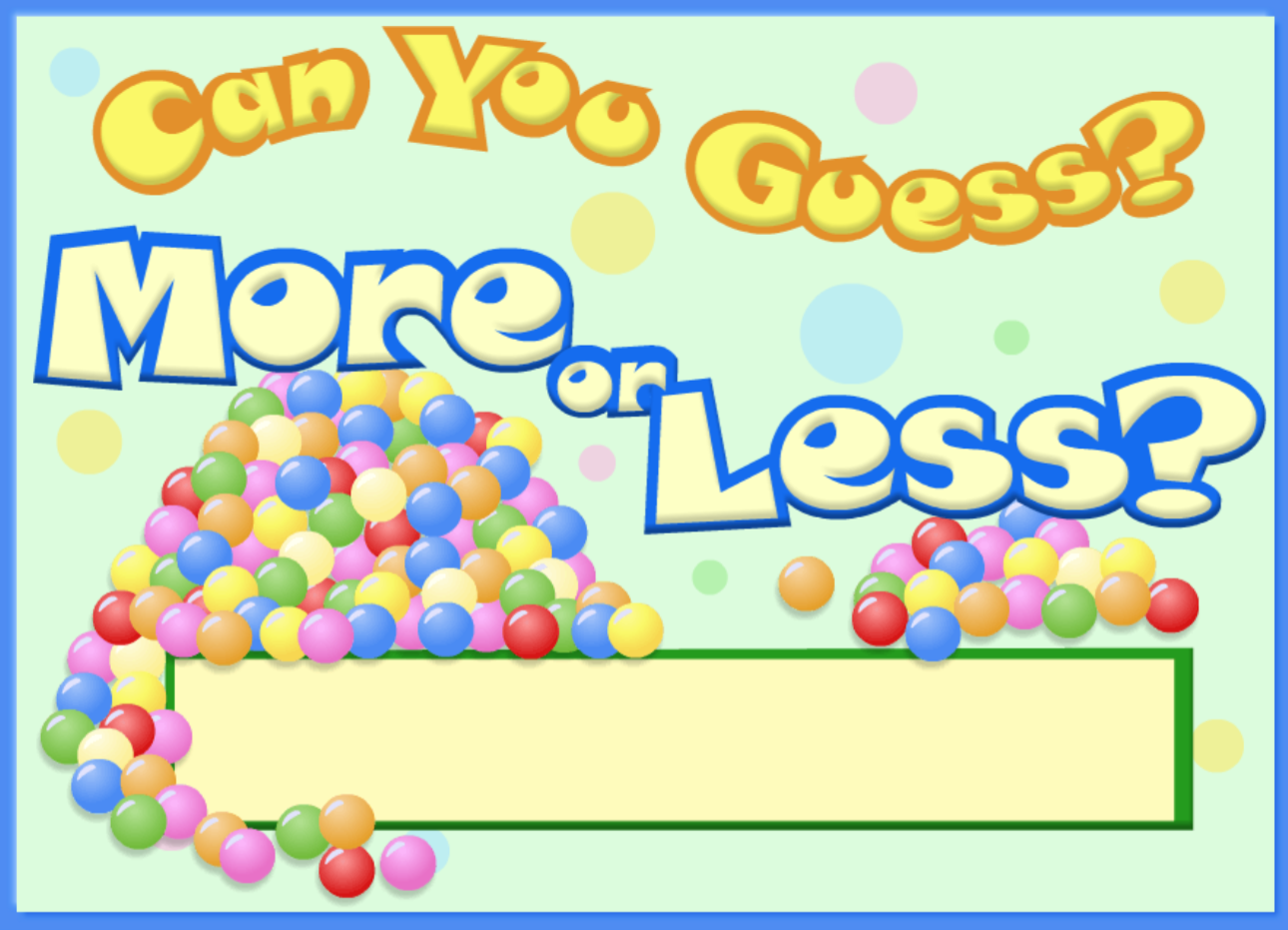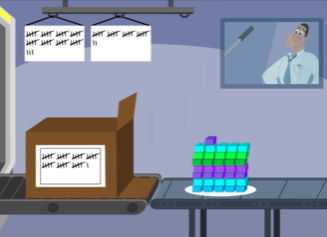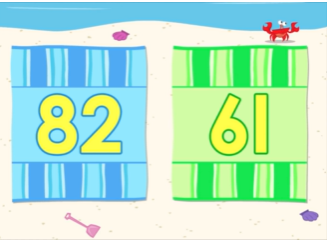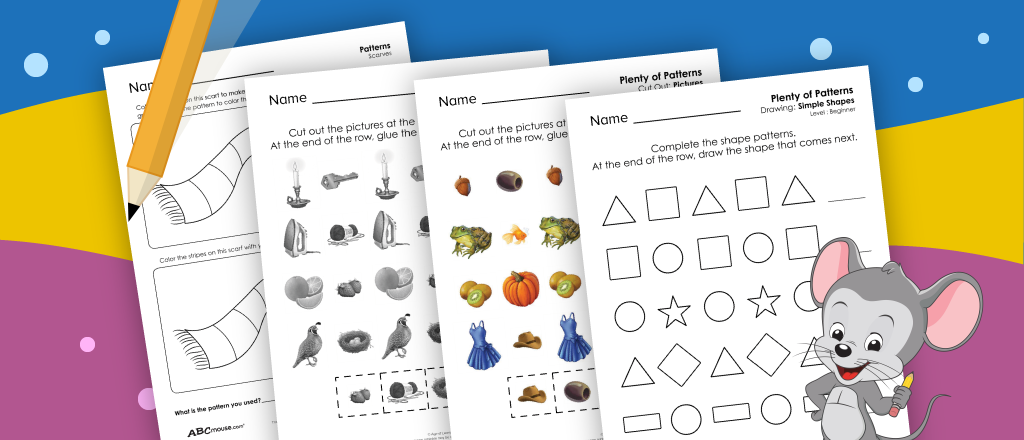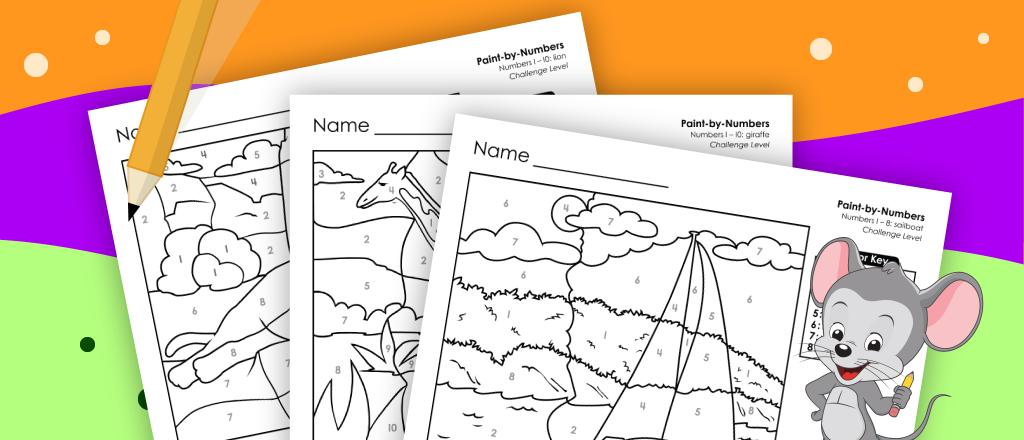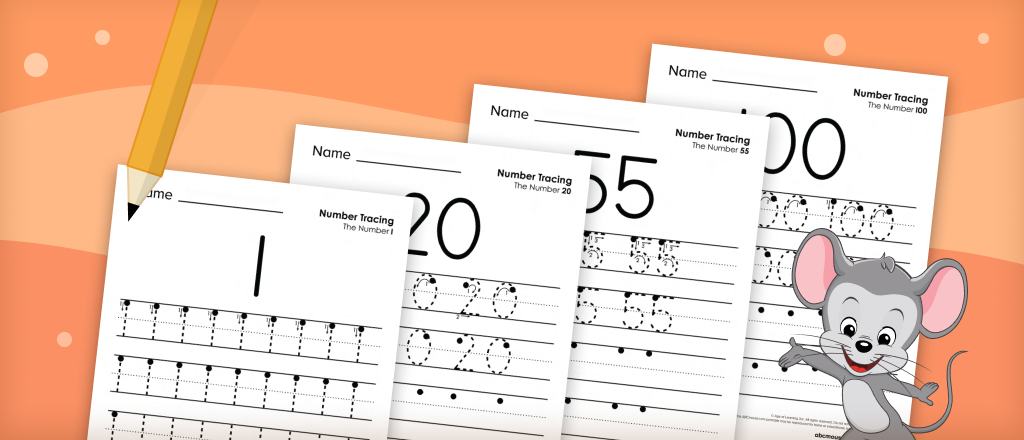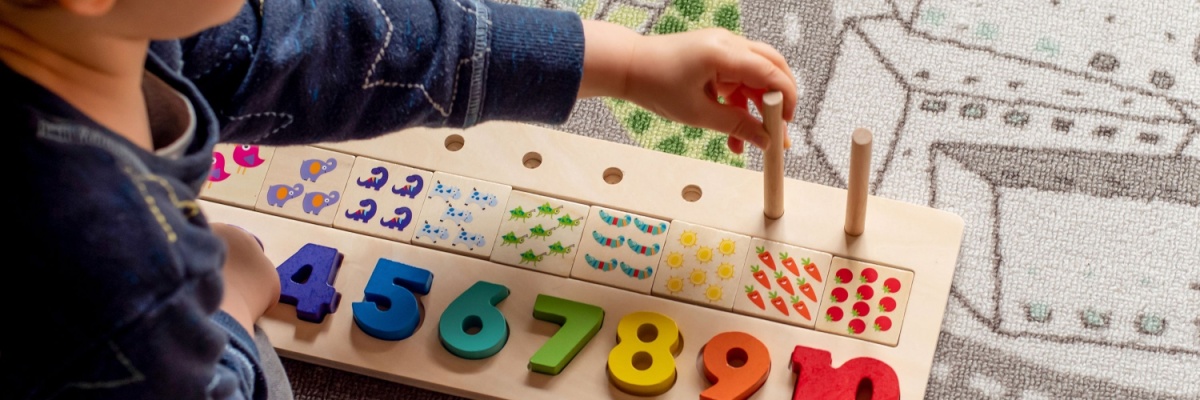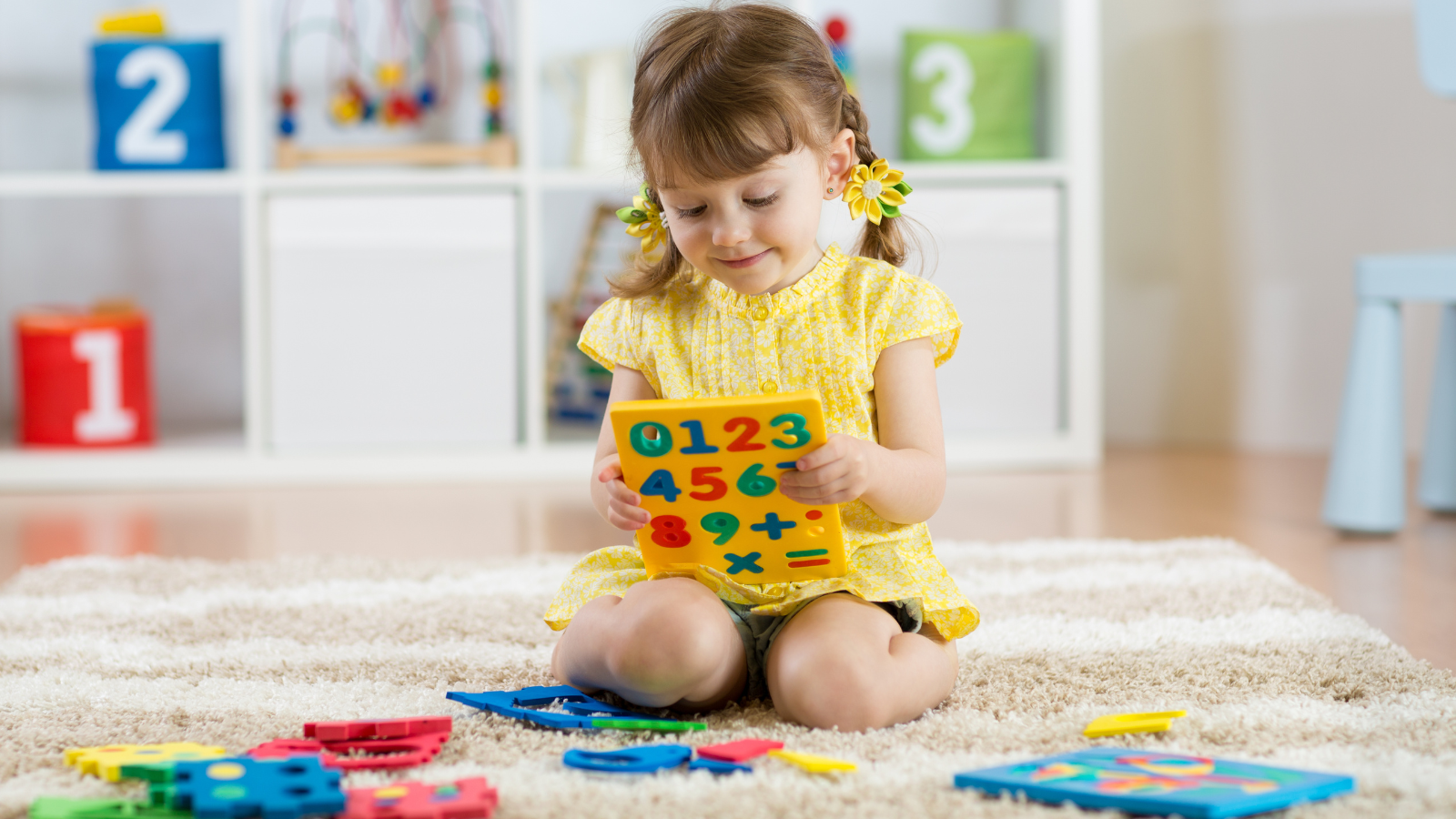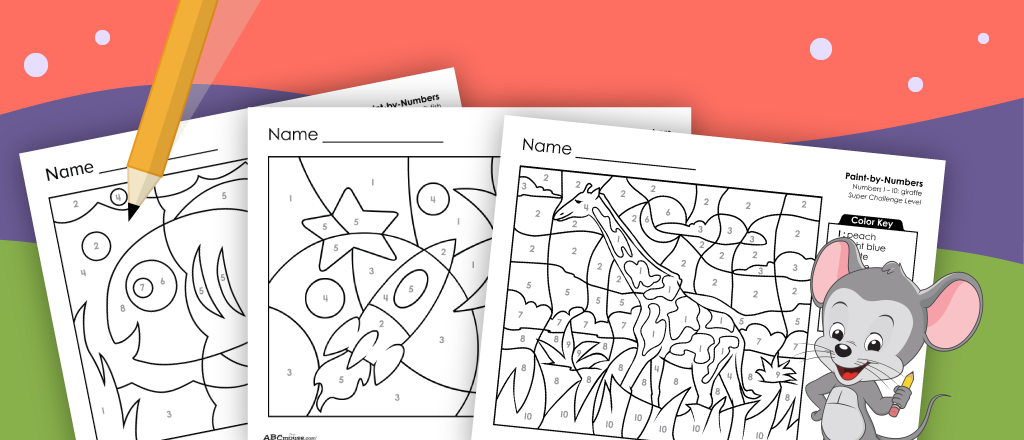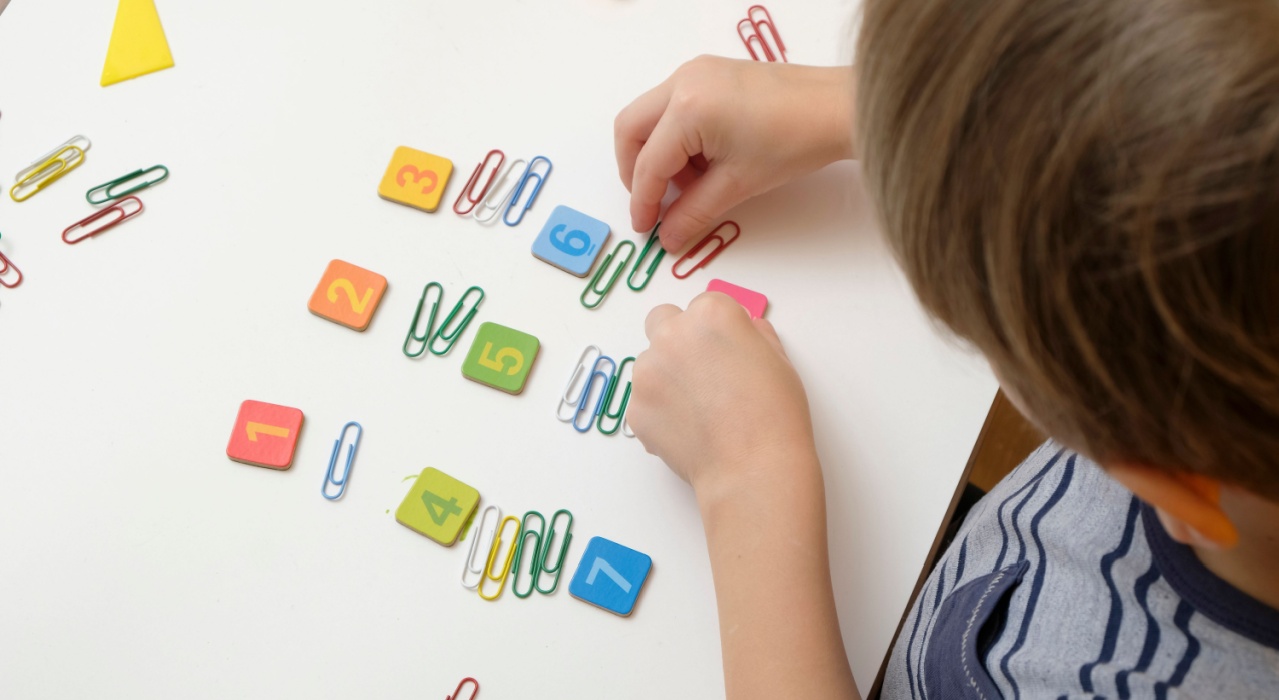30+ Engaging Math Activities for Kindergarteners
Share
Add up the fun with simple kindergarten math activities focused on counting, patterns, comparing numbers, and more!
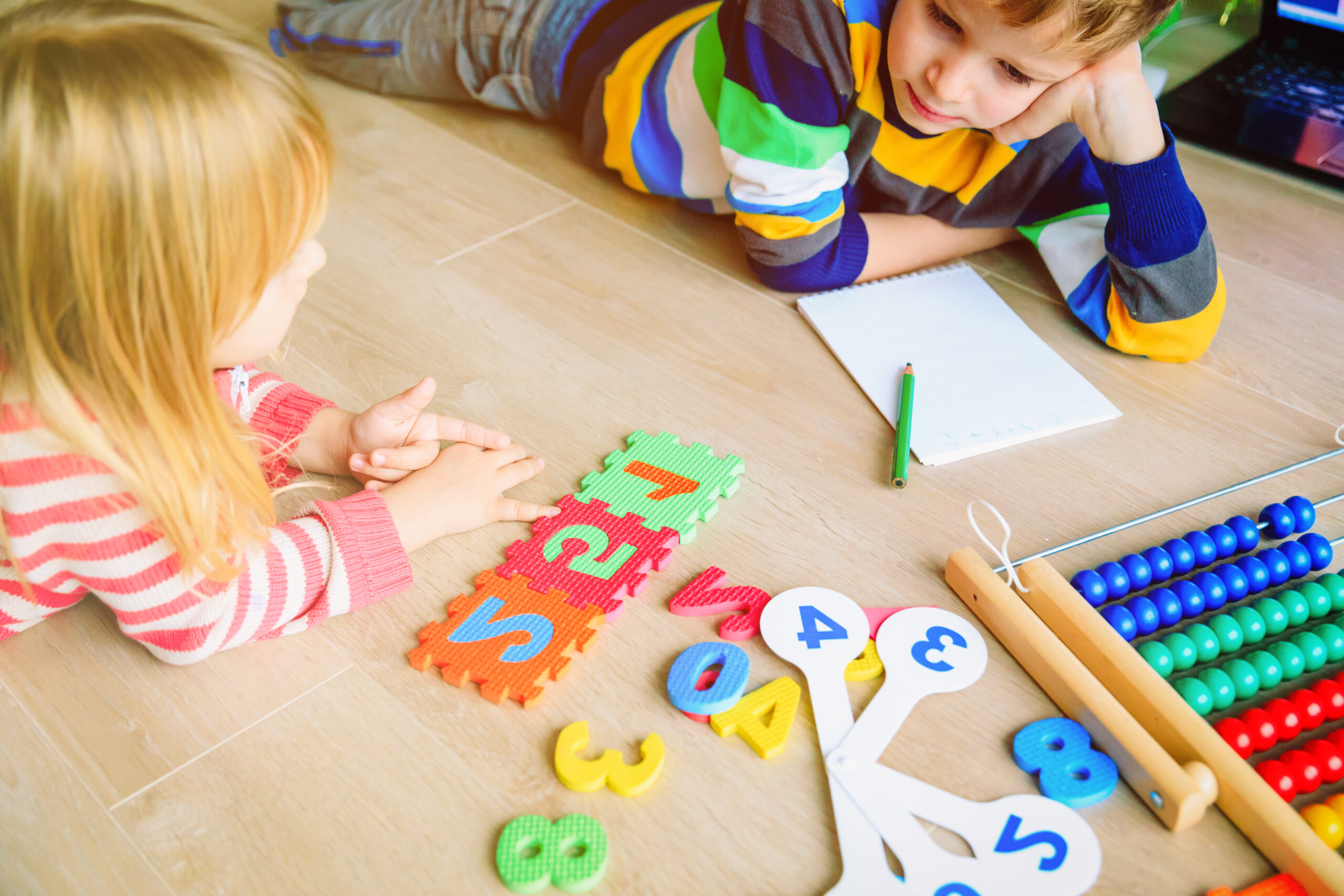
Table of Contents
As children grow, they’re ready for more structured activities that challenge their budding math skills. Kindergarten math introduces important foundational concepts, from counting and comparing to patterns and problem-solving. Here’s a list of fun and engaging activities designed specifically for kindergarteners. Each activity supports hands-on learning and can be adapted to fit your child’s skill level and pace.
Fun Hands-On Kindergarten Math Activities
Build an early love of math by giving your little one fun and engaging ways to learn important skills. These hands-on math activities for kindergarteners use a variety of approaches to help all kids connect with key concepts. They’re entertaining, too, so kids can play while they learn.
Counting Jars:
Fill several small jars with different amounts of small items, like pom-poms, candy, beads, or buttons. Provide sticky notes with numbers that match the quantities in the jars. Ask your child to count the items in each jar and match the corresponding sticky note, or let them write the number themselves. This activity supports counting and one-to-one correspondence—an essential skill for kindergarten.
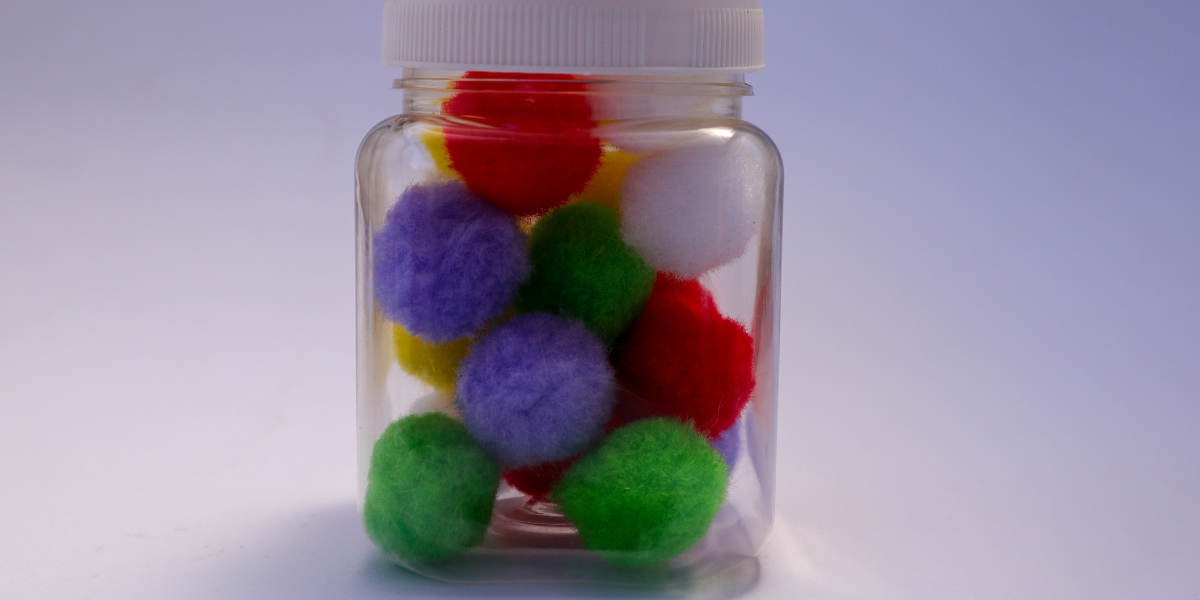
Build a Number City:
Use building bricks or blocks for this cool hands-on activity from Cinta + Co. Write out a series of numbers, then stack up the blocks side by side to build a colorful and unique cityscape. This helps kids work on recognizing numerals and comparing numbers to see which is larger or smaller.
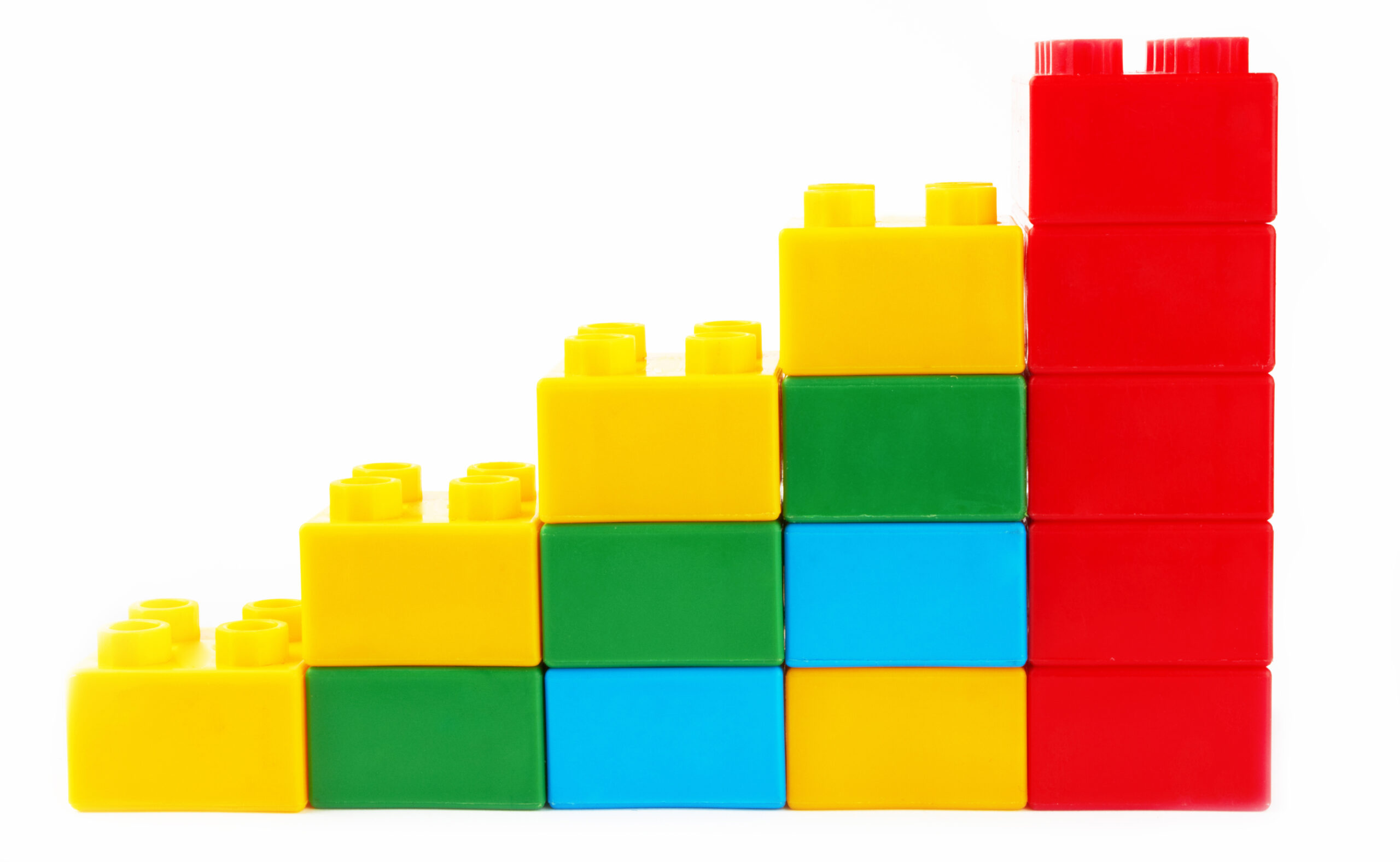
Counting the Skyline
Take a walk in a neighborhood with tall buildings. Pick a few buildings and count the windows from the ground level all the way to the top to estimate the number of floors in each one. Discuss which buildings have more or less windows or more or less floors.
Continue the lesson at home by having kids draw a few buildings with windows, labeling each building with the number of windows it features.

Nature Math Match:
Take math outdoors! Create cards with simple math equations (like 3 + 2 or 5 – 1) and place them around the yard or park. Have your child hunt for the cards and solve the equation by collecting items (like leaves or rocks) that match the equation, allowing them to physically work through the math problem. This introduces basic addition and subtraction in a fun, hands-on way.
Stack 100 Plastic Cups:
Stacking plastic cups into towers and pyramids can be so much fun for kids, which makes them perfect, inexpensive math manipulatives.
For this activity, simply label cups clearly with the numbers 1 to 100. Then, challenge kids to stack them up, knock them down, and stack them again! Hands-on math activities for kindergarteners like this one from Kindergarten Smorgasboard also sneak in fine motor skill practice and even some early STEM skills.
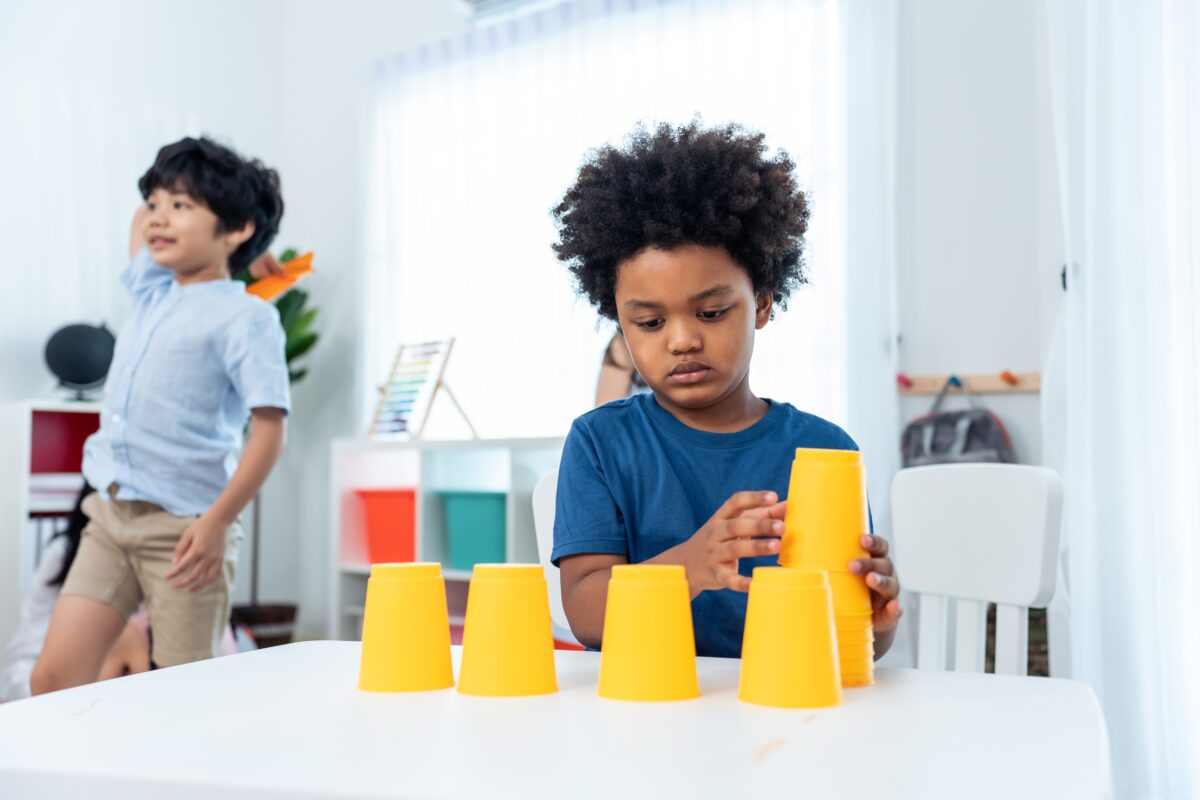
Bonus Activity Idea: Have your child stack these cups in a variety of ways to practice even more concepts. Break the cups into groups of 5 or 10 for early exploration of skip counting and division.
Try counting and stacking backwards from 10 or even 100. Consider using different colors for the numbers 1-9, 10-19, 20-29, etc. to reinforce the idea of number groups. Or, for a real challenge, see if your child can fill each cup with enough small items to match the number written on it.
Math Playing Cards:
ABCmouse experts recommend the “Four C’s” – Count, Compare, Categorize, and Converse – to introduce math concepts.
Bring this concept to life in this easy math game using a deck of cards. Deal five number cards of the same suit to each player, face down. On the count of three, everyone flips over their top card. Players compare cards by asking questions like, “How are the cards different?” Encourage kids to count the symbols (hearts, diamonds, etc.). The player with the most symbols wins that round and collects the cards. At the end, each player counts their collected cards, and the player with the most wins!
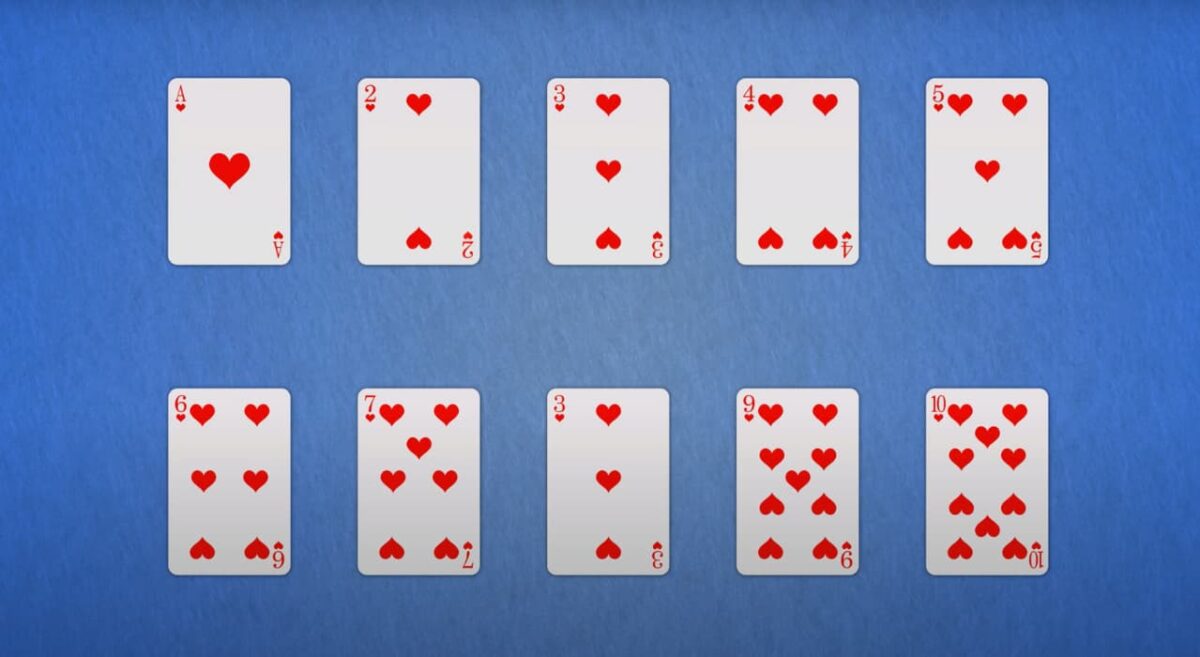
Tip: For more challenge, sort cards by suit or color. ABCmouse’s Dr. Nika Fabienke, suggests using math words like “more” or “fewer” as you play, reinforcing math concepts naturally.
Shape Scavenger Hunt:
Go on a “shape hunt” around the house or yard. Ask your child to find objects that match basic shapes like circles, squares, and triangles.
As they find each item, encourage them to trace the shape with their finger, say its name out loud, and compare it to other shapes. This activity reinforces shape recognition and geometry basics. Try using our Shape Coloring Pages or Shape Worksheets to help reinforce shape learning.
Make 10 With Sticky Notes:
When kids learn how to “make 10,” they’re starting down the road to mastering addition. For this simple “making 10” activity from Life Over C’s, all you need is a pack of sticky notes.
First, have your child label the sticky notes with the numbers 1 to 9 (do multiple sets of these). Then, ask them to put together two sticky notes that make a total of ten. Try to make as many different matches as possible. For added fun, hide the sticky notes around the house and have your child search for them before they start making matches.
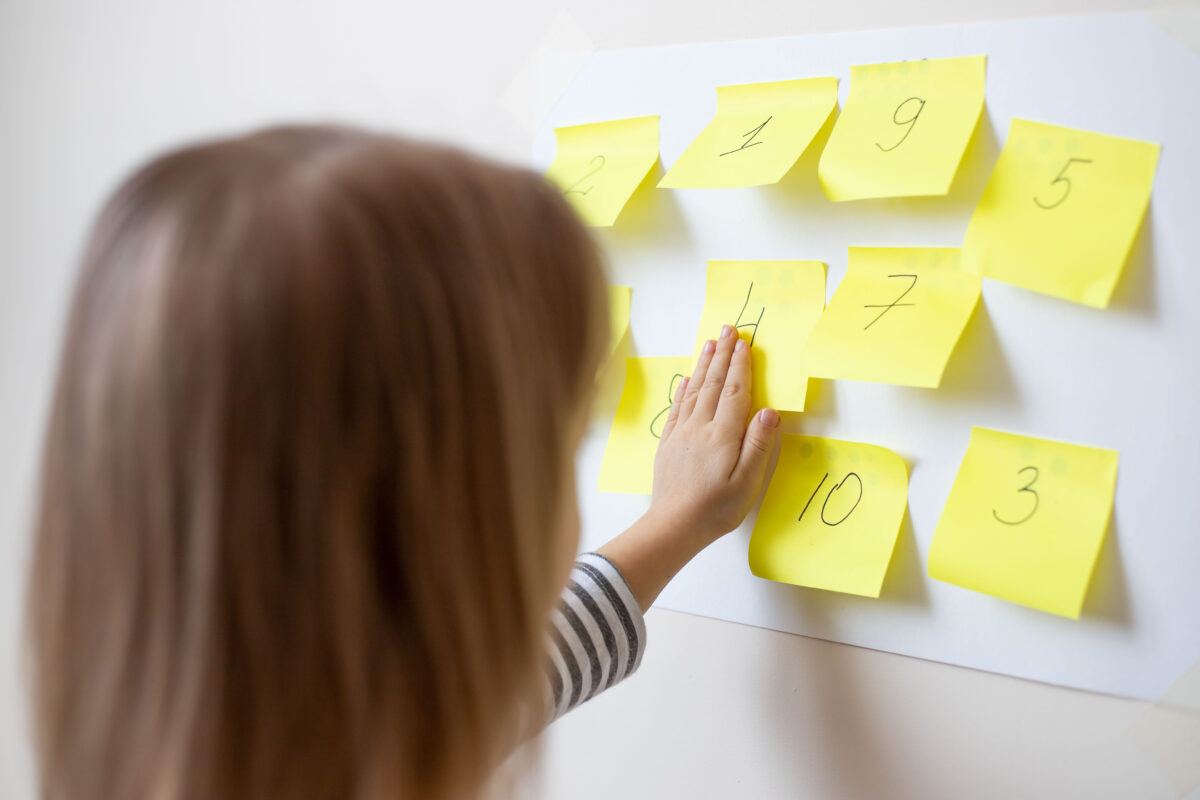
Bonus Activity Idea: Introduce this activity by making sticky notes with sets of dots on them instead of numerals. Ask your child to count the number of dots on one sticky note, then continue counting as they move on to the next note. This reinforces the idea of “counting on,” (counting up beginning with any number).
Build a Number Train:
Using toy trains, cars, dolls, or any other toy your child prefers, write a number on a sticky note or plain sticker and place one on each item. Then, ask your child to line them up in the correct order, creating a “number train.” This can help your child understand ordering and counting in sequence.
Place Value Practice with Straws:
Kindergarteners are ready to learn basic place value. Use straws or sticks to represent “tens” and “ones.” Bundle groups of ten with a rubber band and have single straws serve as “ones.” Then have your child practice creating numbers by counting out “tens” and “ones.” This activity gives children a hands-on way to understand place value.
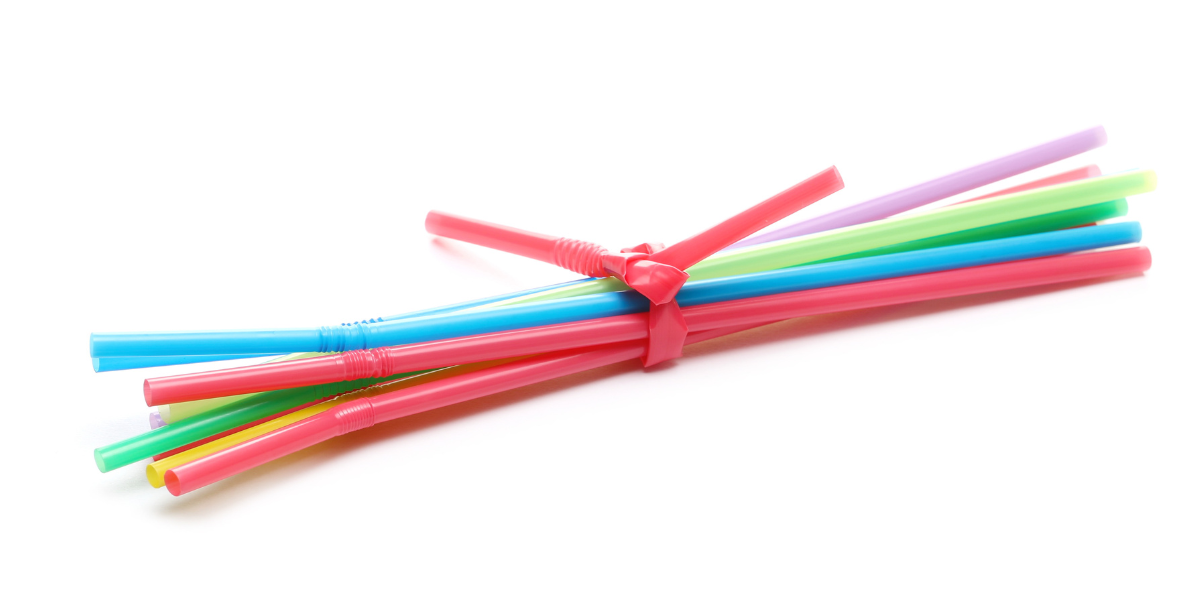
Use Divided Plates to Learn Number Bonds:
Pick up divided plates with two smaller sections and one larger one, or make your own by marking paper plates into sections. Then, use small items like beans, candies, or mini erasers to explore number bonds.
Put a small number of erasers into one small section and ask your child to count them. Then, put more erasers into the other small section, and count them up too. Finally, put the total number of erasers all together into the big section, and count them up. You’ve just made a number bond! Head over to Just Teachy to see more ideas for teaching number bonds.
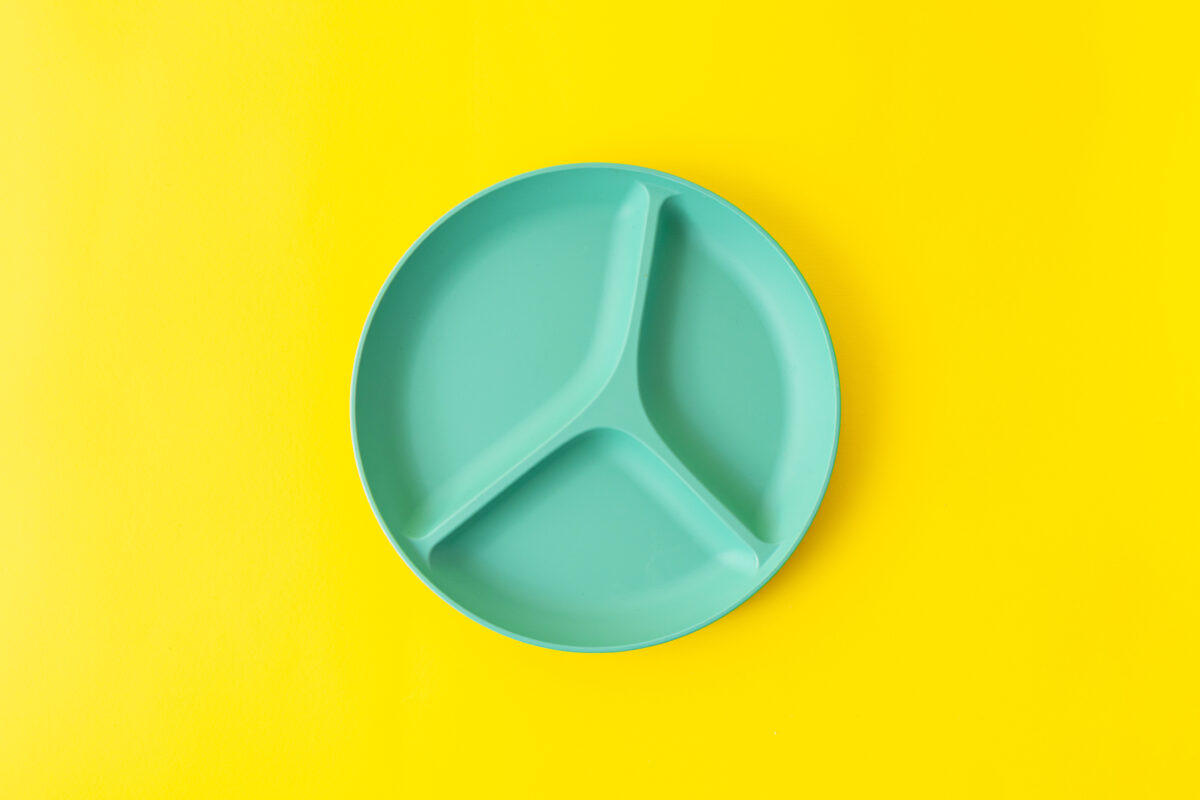
Bonus Activity Idea: These same plates can help kids learn about decomposing numbers, which is the opposite of number bonds. Start by placing a number of small items into the large section of the plate. Then, break those into two groups in the smaller sections.
Move on to placing a total number in the large section and a smaller number in one of the small sections, then asking your child to figure out how many items should go into the remaining section. Now you’re working on subtraction too.
Domino Number Match:
Use dominoes to practice number recognition and counting. Have your child count the dots on each domino, then match it with a numbered card or written number. This activity can enhance counting skills and introduce number symbols in a more concrete way.
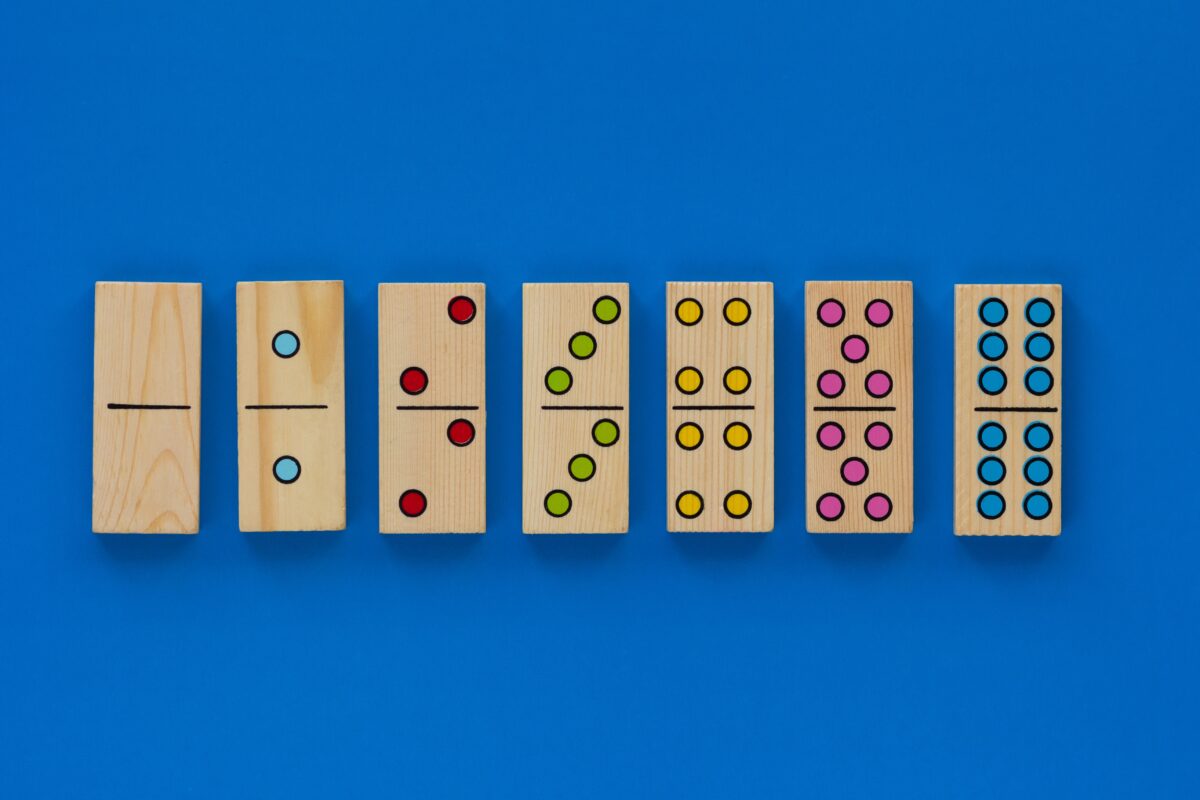
Number Smash:
Write numbers on a sheet of paper, then roll small balls of playdough and place one under each number. Call out a number, and let your child smash the matching playdough ball flat! This activity makes practicing number recognition fun and interactive for kindergarteners.
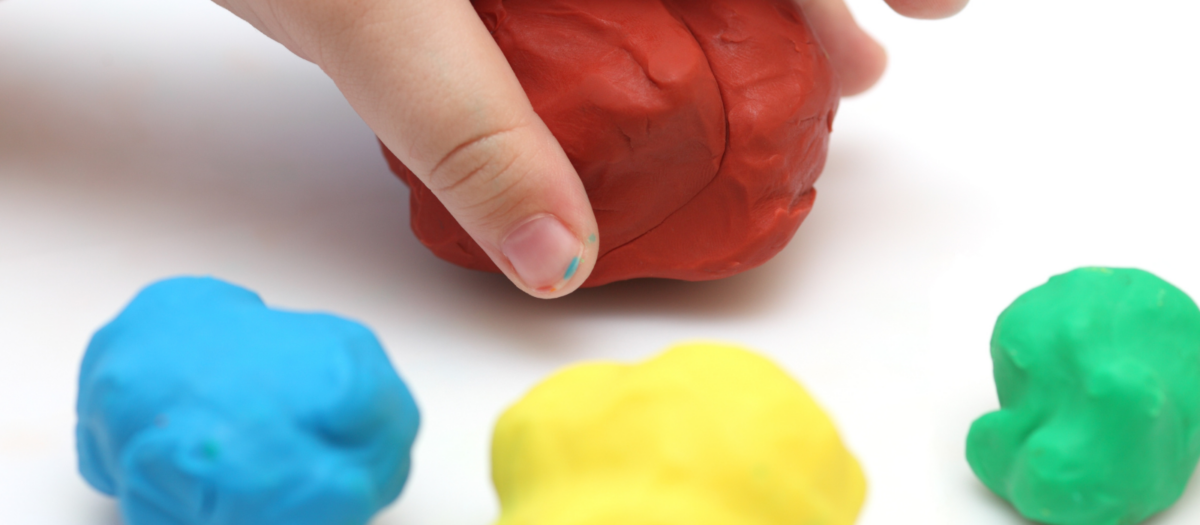
Practice Place Value With Cereal:
Take a tip from School Time Snippets and use cereal like Cheerios or Froot Loops to work on place value. String 10 pieces onto a pipe cleaner to represent tens, and use individual pieces for the ones. Then, lay them out side by side to see a total number. For instance, one pipe cleaner string plus nine individual pieces equals the number 19. Challenge your child to break down every number up to 100 in this way.
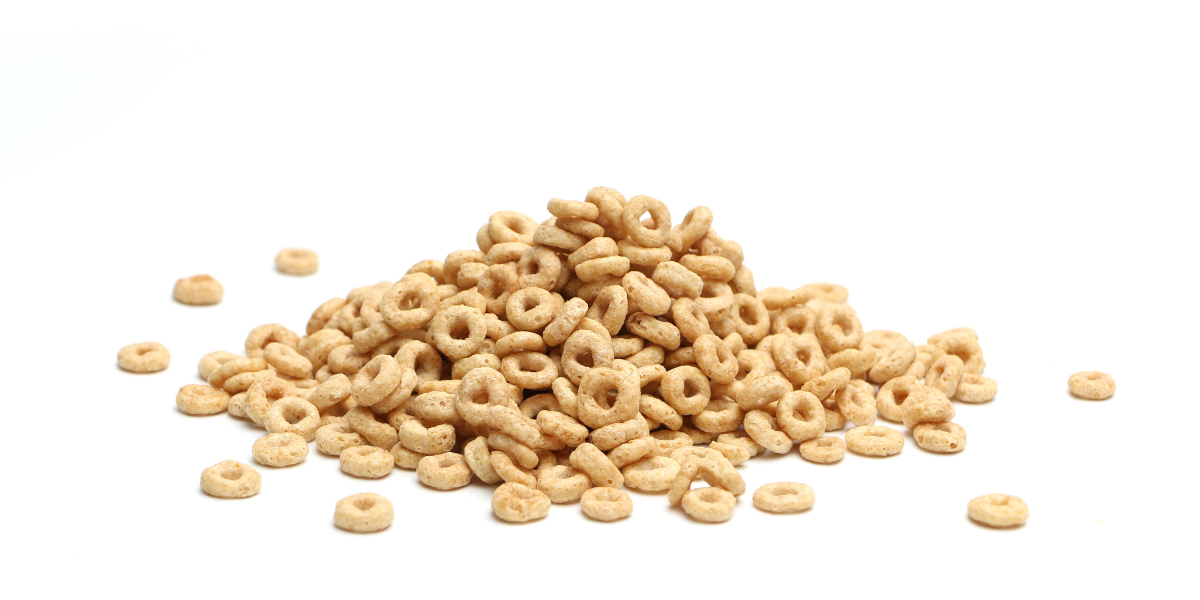
Place Value with Building Bricks:
Try using building bricks in a similar way as the previous activity. You’ll need pieces with 10 studs (the raised circles on the top of the brick), either all in a row (10×1) or rectangular (5 x 2). Use small pieces with one stud for the ones. Or, hit the hardware store for long bolts and matching nuts, like The Measured Mom did.
Addition Bingo:
Addition Bingo is a fun and easy way for kids to practice adding. Start by creating free addition bingo cards filled with simple problems like “3 + 2” or “4 + 1.” As numbers are called, players solve the problems on their cards and mark the matching answers. The first to complete a row or column shouts “Bingo!” and wins.
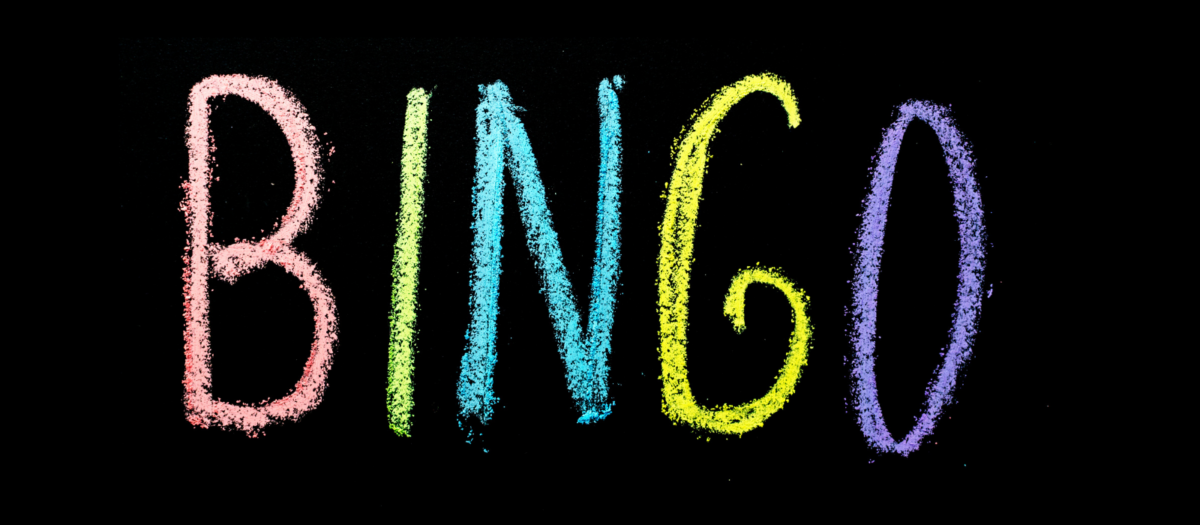
Have a Shape Snack:
Make snack time a learning experience by looking for shapes in your treats. Chiêu Anh Urban Books has a simple printable template you can use, or simply ask children to describe the shapes of the foods in front of them. Use small cookie cutters for more detailed shapes like stars and hearts.
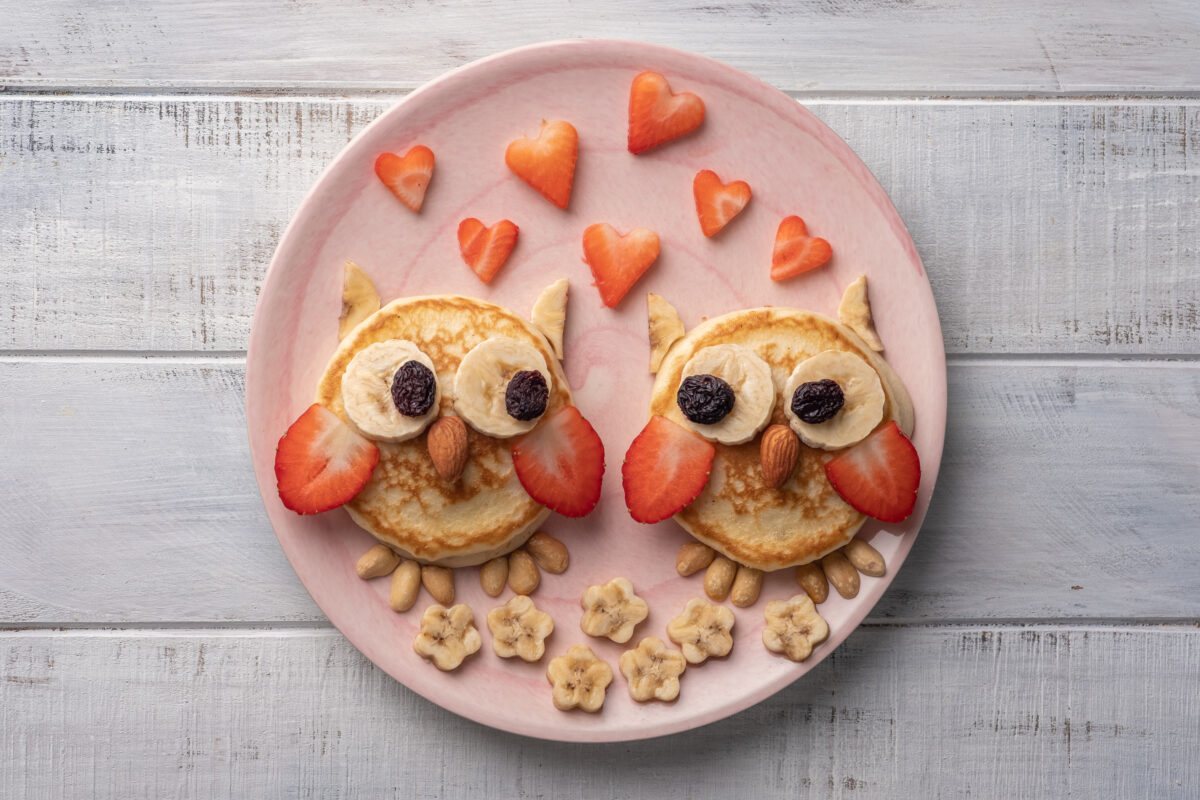
Bonus Activity Idea: Hold a shape hunt anytime, anywhere. Whether you’re at the grocery store, the library, or at home, ask your child to look around and find circles, triangles, squares, and more. You can even introduce 3D shapes like spheres and cubes. Have them draw the items they find for even more interactive fun.
Number Line Jump:
Create a simple number line on the floor with masking tape, writing numbers 1-10 on it. Call out a number and have your child jump to that number on the line.
You can also practice simple addition or subtraction by asking them to jump forward or backward a certain number of spaces.
Bonus: Explore these additional math activities for kids!
Balloon Pop:
Inflate balloons and write a number or simple equation on each one. Call out a number and see how fast your child can find the right balloon and pop it by sitting on it! It’s a loud and exciting way to practice numbers.
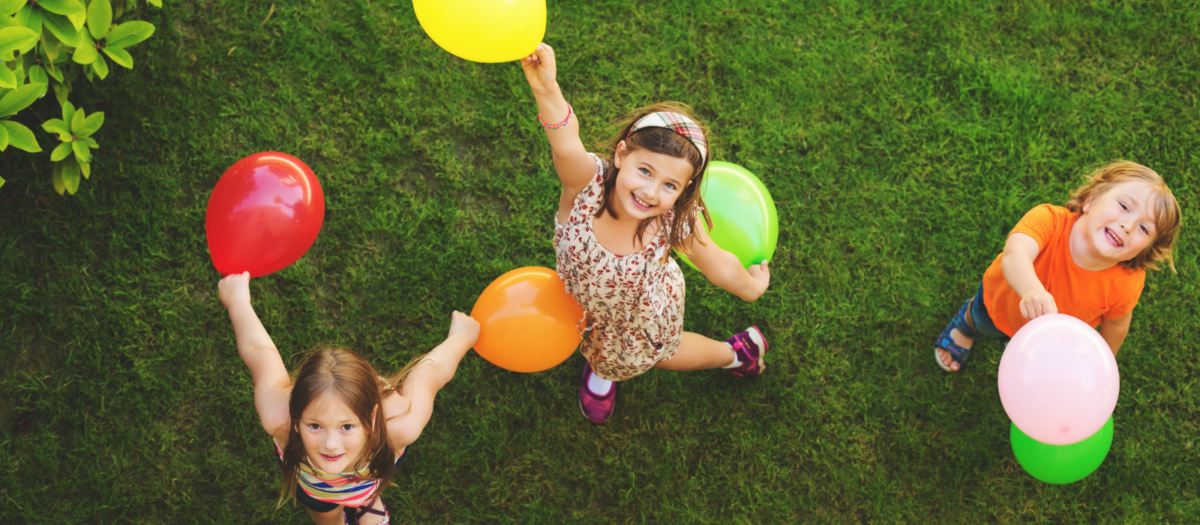
Craft and Measure Pipe Cleaner Flowers:
At this age, children don’t need to be overly focused on exact units of measurement. Kindergarten hands-on math activities for measurement should focus on understanding ideas like taller and shorter, lighter or heavier, and so on. This sweet idea from PlanningPlaytime is a great way to do that. Build pipe cleaner flowers, then stick them upright in playdough to compare heights.
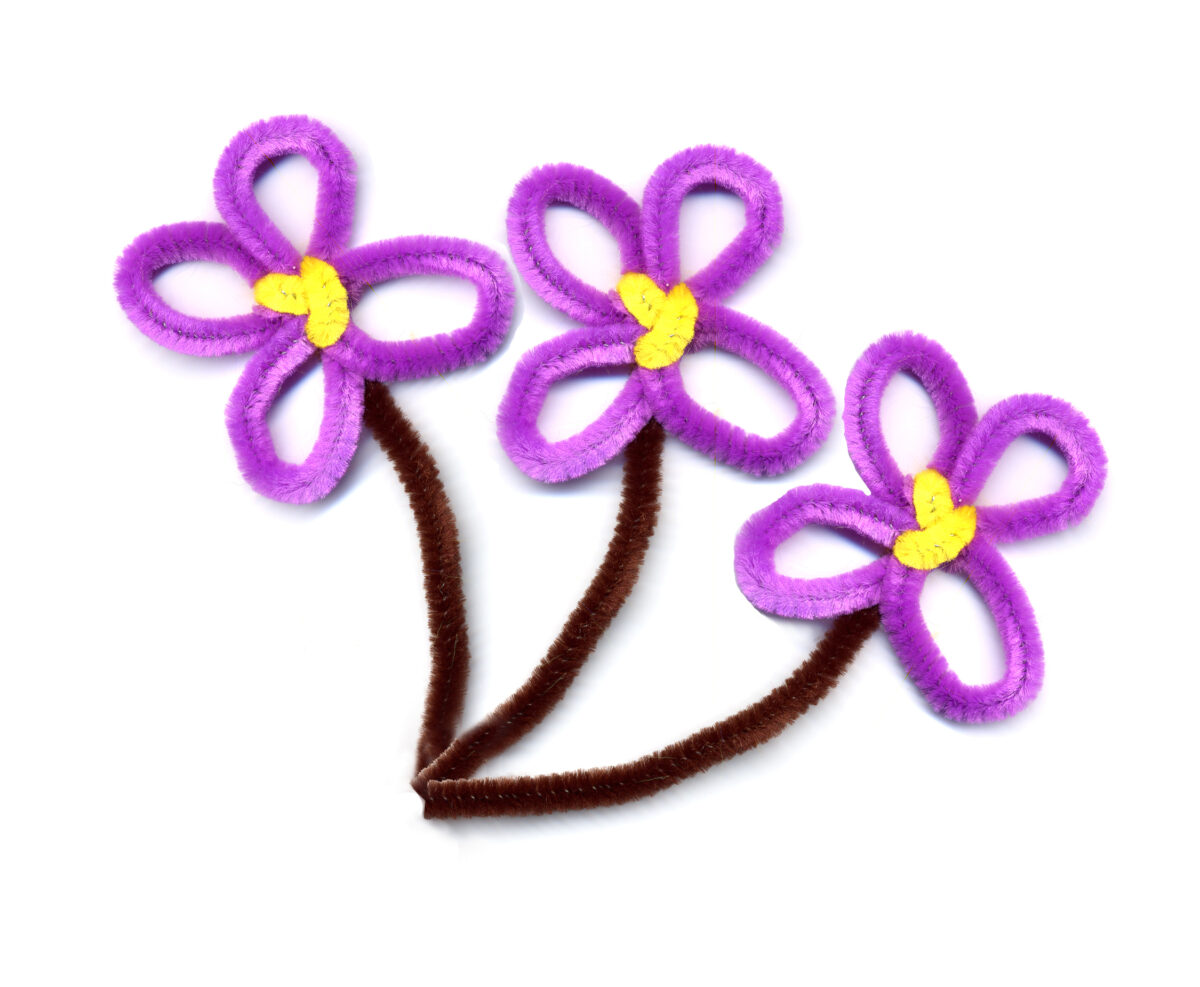
Bonus Activity Idea: Non-standard measurement uses methods other than rulers or measuring tapes to compare items. Kids can cut pieces of string the same length as several items from around the house, then lay the strings side by side to compare which is longer, shorter, or equal.
Another kindergarten favorite is a DIY balance scale made by hanging two paper cups on either side of a clothes hanger. Suspend the hanger on a knob, then let kids put items into each cup to find out which weighs more.
Kindergarten Math Worksheets
Interactive kindergarten math worksheets are a great way to build on the learning your child gains through math activities and games.
These worksheets include engaging puzzles, counting exercises, and hands-on challenges that make math enjoyable while reinforcing essential early math skills.
In this section, you’ll find a range of worksheets created to support kindergarten math development and establish a strong foundation for future math success. You can see our entire collection of Kindergarten Math Worksheets here.
Math Videos for Kindergarteners
Engaging, well-designed videos can boost a child’s interest and get them excited about learning math concepts. To make the most of these videos and songs, watch them with your child and wok through any questions they may have.
More ABCmouse Math Activities and Lessons for Preschoolers & Kindergarteners
Looking for more ways to help your child develop early math skills? The ABCmouse Math Program is designed by experts to guide preschoolers and Kindergarteners through a step-by-step series of lessons, helping them build a strong foundation in counting, number recognition, and basic math concepts. Discover how the ABCmouse Math Program supports your child’s learning journey and sign up today!
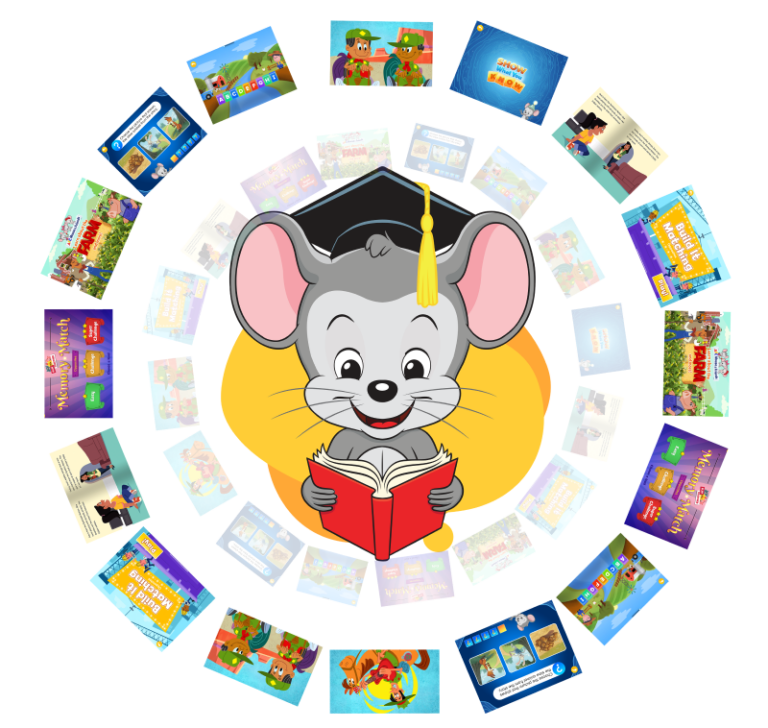
More Math Activities
-
Easy Ways to Teach Counting
“Explore fun and engaging ways to teach counting to young children with activities like counting games, songs, and daily routines. Learn key skills such as one-to-one…
-
Number & Counting Activities for Preschoolers
Boost your child’s number recognition and counting skills with these 25 engaging activities. From classic games like hopscotch and Go Fish to creative crafts and online…
-
Tips For Adding Digital Math Games into Your Child’s Learning
Enhance your child’s math learning by integrating digital games with traditional methods. Discover tips for fostering interactive learning, establishing a routine, and incorporating games into weekly…
-
Color by Number Worksheets
Free printable color-by-number worksheets help kids learn and practice numbers through fun and engaging activities. Perfect for preschoolers, kindergarteners, and first graders, these worksheets support foundational…
-
How Online Games Can Enhance Foundational Math Concepts
Discover how online games can enhance foundational math skills for children. Explore how digital games like Hamlet the Hungry Hamster and Spider Web Shapes transform abstract…
-
30 Fun and Engaging Number Sense Activities for Pre-K and Early Elementary
Discover 30 fun and interactive number sense activities perfect for preschool and early elementary students. From counting songs to digital games and hands-on exercises, these activities…

